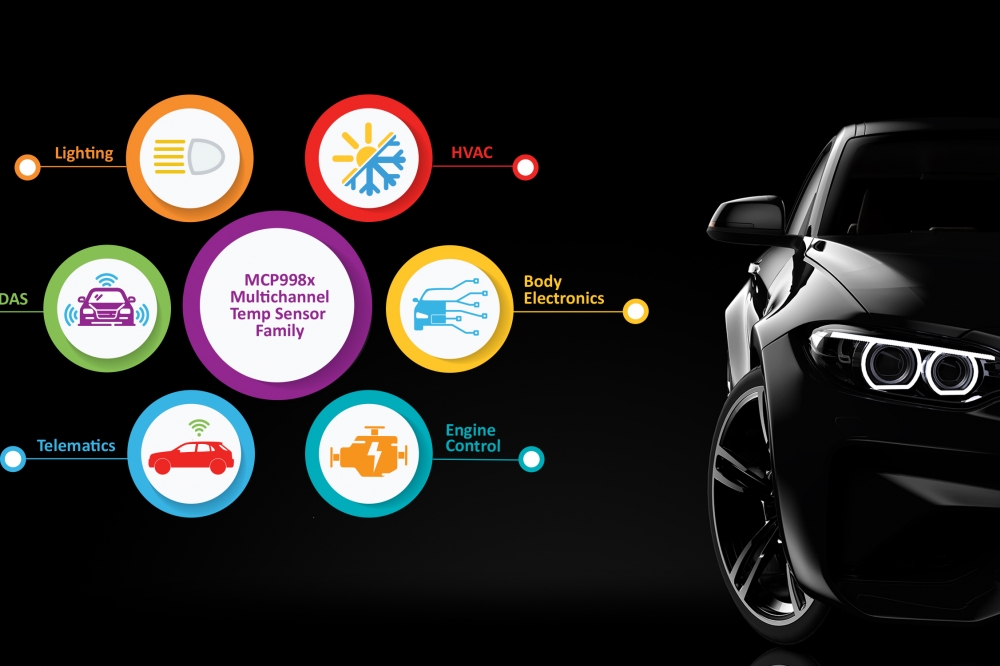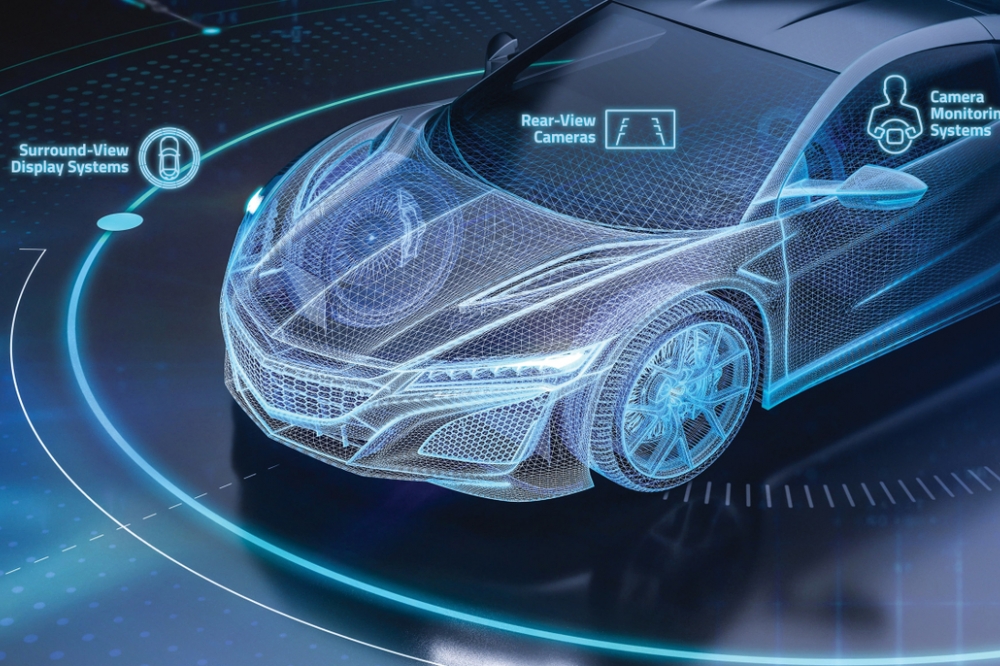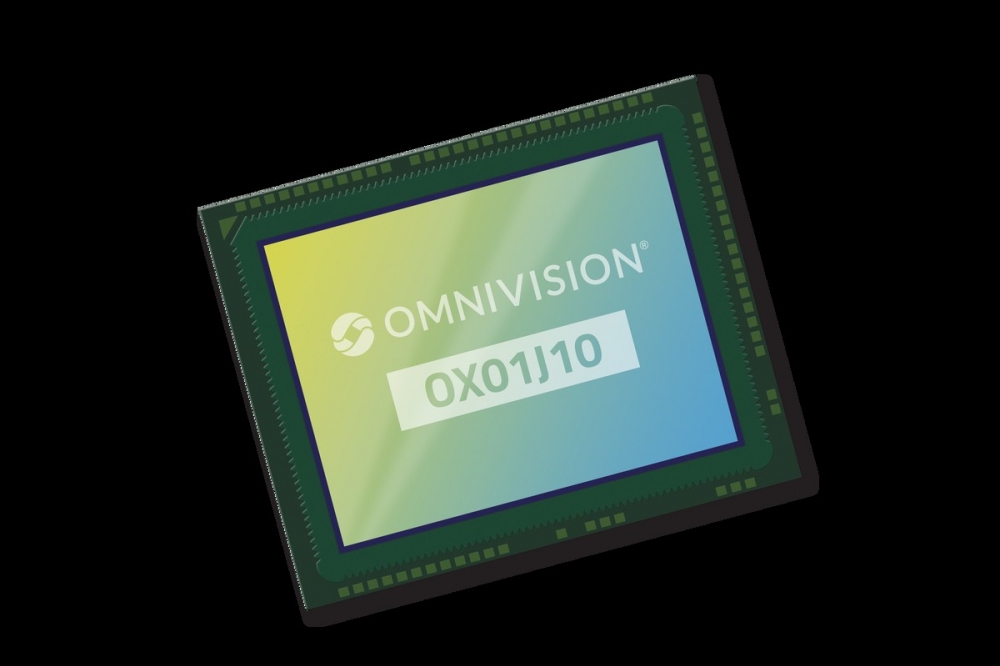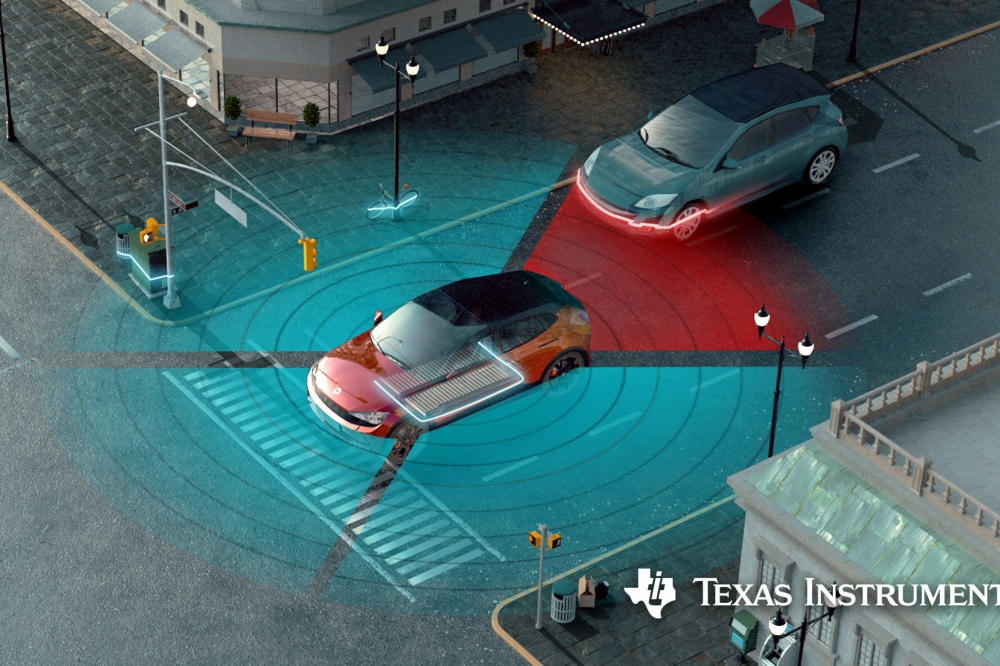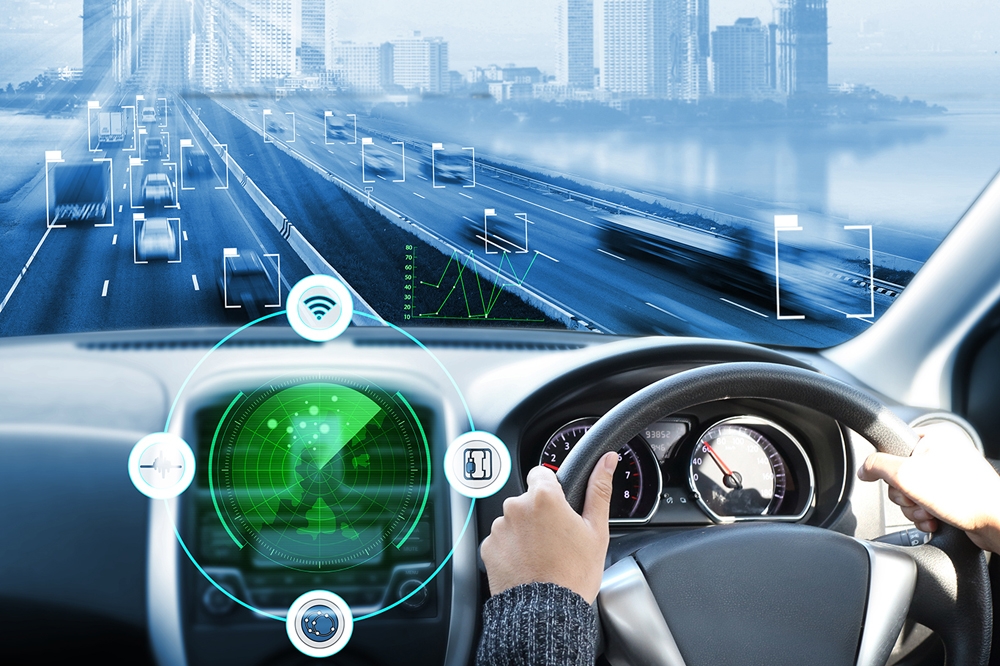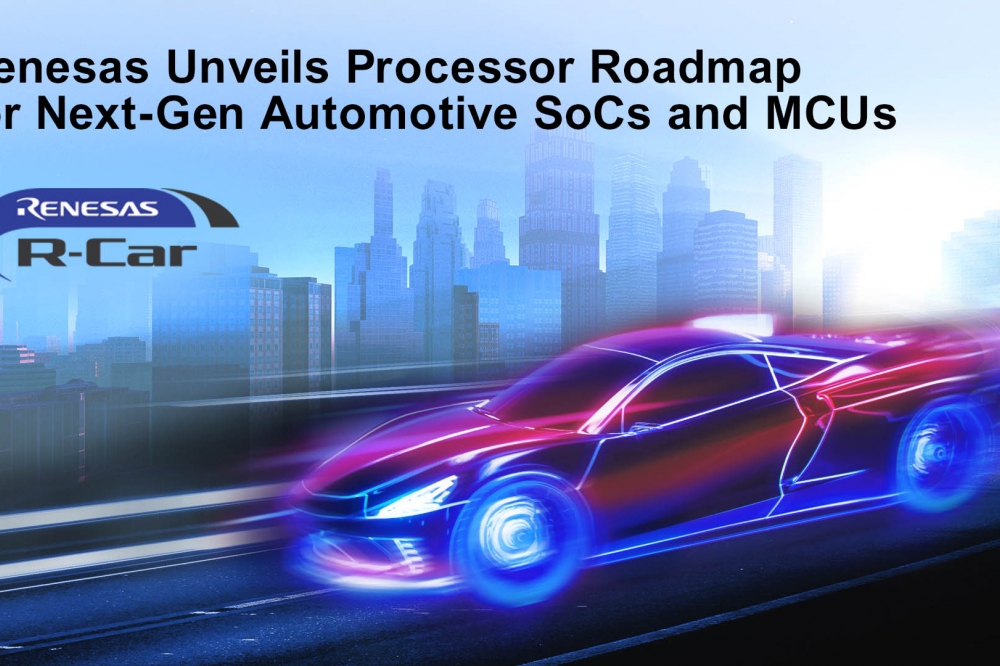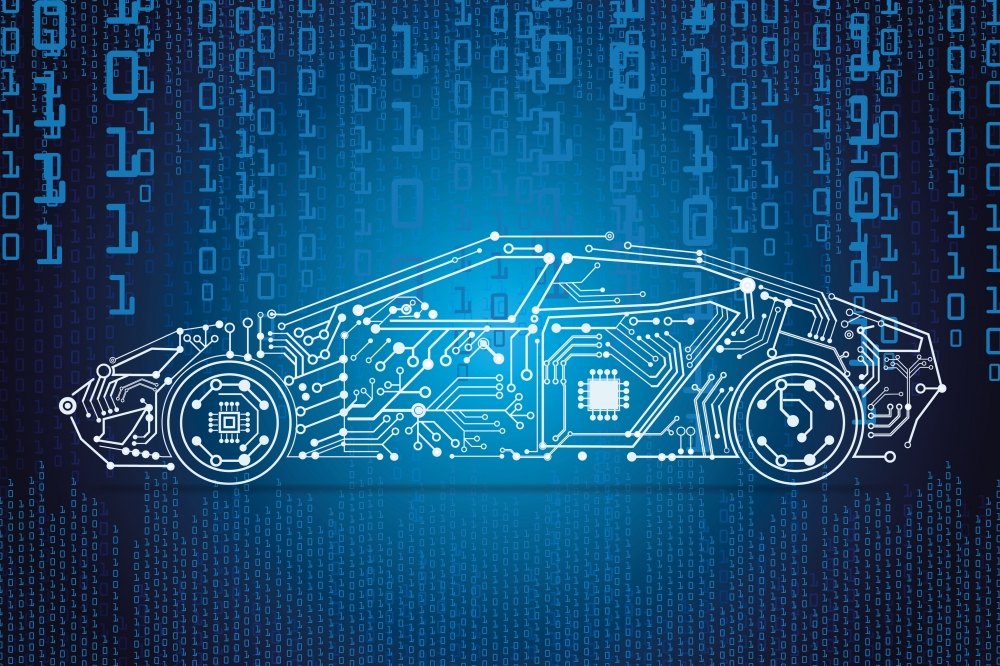An Electric Horse Meets a Diesel Dinosaur

Making an Electric Horse: Then & Now
Magesh Srinivasan Global Head – Connected Car & A.I Engg. & RD Services, HCL Technologies

1898, was the year of automotive invention by Herr Ferdinand Porsche, of the world’s first Electric Vehicle (EV) named Porsche P1. The following year, Herr Porsche won Gold in the Berlin international exhibition’s Motor Car Race. The event had 120 exhibitors, including 19 makers of EV. The historic race was a return trip from Berlin to Zehlendorf. Herr Porsche with 3 passengers in his P1 crossed the finish line with an 18-minute lead! He was way ahead of his times, he invented the Wheel-Hub Engine (electric motor called ‘Octagon’ attached to the wheel). He designed, developed and demonstrated the All-Wheel Drive vehicle as well as a Hybrid Electric-Petrol vehicle. Decades later, NASA applied All-Wheel Drive design concept in the Moon Rover. Despite his brilliant inventions and sales of about 300 EV’s, ironically, diesel and gasoline powered vehicles, prevailed all-through history, significantly impacting the course of human development, albeit, with a heavy price. The human race has staged wars for the control of fossil fuels. In 2006, a documentary titled “An Inconvenient Truth” illustrated the impact of polluting our planet and upsetting the delicate balance maintained by Mother Nature. We have a responsibility to ‘not borrow more than what we need’ from Earth’s finite resources and from our future generations. Let us pledge to make a change today, to an eco-friendly way of life, being fully awake and aware that change lies within each of us.
I sometimes wonder… could there be a parallel universe, wherein, Herr Porsche’s P1 EV was fully commercialised and adopted by the industry in the formative years of automotive development, thus giving rise to a new world order. EVs would have become mainstream mobility solution around the world and governments would have built the charging infrastructure to ensure energy flows through the mobility ecosystem. We may have had a greener planet, where traffic was free of pollutants: noise and exhaust. A world which would have built advanced Smart Mobility Solutions powered by Solar energy, perhaps even vehicles powered by Hydrogen where the exhaust produces water. A world, where, it is but a privilege of a few to drive a personal car (just like it is to own a horse today!). Then again, the blaring noise that seeps through an open window, from the streets down below, breaks my reverie.
India has its own visionary automobile engineer: Mr.Chetan Maini, the man who founded REVA Electric Car in the 1990’s, designed, built and sold to India and to the world. Clearly, this was a commendable and a bold achievement, given that, the EV ecosystem was not even at the concept stage then. “Fortune favours the bold”, they say and it did indeed; Mahindra invested in REVA and the rest is history in the making.
In the new millennium, Elon Musk launched TESLA. He made an unprecedented move to start manufacturing EV in the Silicon Valley. TESLA faced ridicule, at first, criticism on its product and business model, even survived near bankruptcy, but team TESLA endured and emerged as a force to reckon in the business of new age EVs. The only one, yet, to achieve ‘Over-The-Air’ push updates of its Operating System to fix bugs and offer features upgrades, just like it is done on a smartphone.
Fossil Fuel Dinosaurs of Today
I remember, my days, twenty years ago, as a trainee working on projects in the diesel pump assembly line in (MICO) Bosch’s Bangalore factory. 386 components were required to produce a pump: the heart of the diesel engine. Compare that to an Electric Vehicle, a finished product has only 18 moving parts, they say!
The automotive industry, is broadly, a 3-tier inverted triangle. At the base layer (TIER2) are the component manufacturers. In the middle (Tier 1), are companies that produce the sub-assemblies. The uppermost tier is occupied by the OEM (Original Equipment Manufacturer); they assemble the automobile and produce branded car models that are stocked and distributed across retail channels that sell at showrooms. In essence, ‘Value’ created, increases at it moves upward across each layer of this structure, with maximum ‘Value’ being created, captured and delivered by the branded products offered by the OEM. It was designed to operate in a Business-to-Business (B2B) model, but, the industry is transforming rapidly and adding connected service platforms to serve the market with a B2C business model. A product based value proposition is mutating into a smart mobility solutions value chain that delivers multi-modal mobility on demand to the consumer.
Furthermore, over the past 130 years, the industry has grown into a mature and robust structure, that has achieved manufacturing excellence and given rise to several innovations such as the Just-in-Time (JIT) manufacturing, Toyota Quality Management (TQM) system and fully robotised factory operations.
The weakest link of automotive manufacturing world is its complexity that creates a very long cycle time (3-5 years) to produce new vehicle platforms and products thereof. Thousands of precision components are manufactured all over the world, sourced and supplied into assembly lines in factories that were built on large areas of land and huge investment of capital. BICEPS, is a useful acronym for: BODY, INTERIOR, CHASIS, ELECTRICAL/ELECTRONIC, POWERTRAIN & SOFTWARE to comprehend, at a high level, the various sub-systems that are integrated by an OEM to produce a modern automobile. Compare that, to a Google’s self-driving car: the prototype was built in a ‘quintessential American Garage’ with custom made sub-systems. Google’s self-driving car company: WAYMO claims to have the most experience in cumulative road testing miles of self-driving cars as compared to any of the auto OEM’s in the race to produce a fully autonomous vehicle.
Electric Horse Farms
2 million lines of software code are required to build a Space Shuttle, similarly, 20 million lines of code goes into making an Aeroplane and 200 million lines of code are written to build a Luxury Car that is powered by 125 Electronic Control Units (ECUs)!
Another, very interesting feature, common to all three modes of transport is the ‘AUTOPILOT’ which allows the machine to take over manual controls from the pilot (or driver). About 15-20% of ‘bill-of-material’ (BOM) cost of a luxury sedan is attributed to embedded software. In about a decade, I foresee that automotive factories will be akin to smartphone production lines. Legacy production concepts will give way to ‘Additive’ manufacturing processes. Artificial Intelligence (A.I) will run robotic plants that assemble vehicles in record time. Centralised factory master control cockpits will allow remote site operations in sync with each other, self-correcting, evolving an optimal smart manufacturing rhythm. Predictive maintenance will be the order of the day as all plant machinery will be connected in real-time to an A.I. powered cloud. Blockchain will enable secure manufacturing data creation, processing and access across various commercial entities that are part of the automotive supply chain.
Automobiles of the future will be built using materials called nanocomposites (as opposed to metal-based) in the Body and Interiors. Graphene (single atom layer of graphite) demonstrates photo-electrochemical properties in dye sensitised Solar cells (releases electrons when exposed to Sunlight). Now, imagine a car painted with layers of Graphene based paint, producing electricity from Solar energy augmented and accelerated by the power drawn from very high density energy storage devices called Super capacitors that have Graphene conductive plates in them. Further, Graphene will also improve existing Lithium-ion based battery technologies, in EVs and Hybrid Vehicles. Battery Management Systems (BMS) will be integrated with the operating systems of the automobile and ensure real-time monitoring and control of energy flow in the vehicle providing display parameters such as: Distance to Empty (DTE), State of Charge (SoC) and State of Health (SoH). Real-time navigation systems in sync with BMS will enable quick identification of battery charging stations located in a smart city ecosystem.
Future of our Future
The Universe is about 13 billion years old, in that vast expanse of time, human brain evolved over a billion years or so. Our conquests within our collective consciousness has given rise to human growth and prosperity. The extent of our understanding of the various elements that make up the universe we live in, is, at best, nascent. We have a long way to go before we crack the code of sustainable eco-friendly development that leads to happier and more fulfilling lives. Insofar, we have come to understand, through experiential learning that sharing, crowd sourcing, giving back leads to positive growth and a happier people, whereas, investing in ‘narrow’ application technologies to achieve world dominance leads not to sustainable success. Let us participate with pure intentions to create legacies that are seeds to a better world 2.0!
An Electric Horse Meets a Diesel Dinosaur
Modified on Wednesday 19th December 2018
Find all articles related to:
An Electric Horse Meets a Diesel Dinosaur


 Add to my Reading List
Add to my Reading List Remove from my Reading List
Remove from my Reading List
